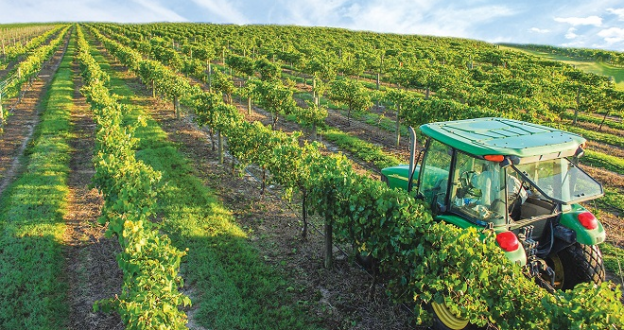
Jun 9, 2023Muscadine Time: Florida winegrape grower embraces technology
Mechanical harvesting helps Lakeridge Winery & Vineyards in central Florida remain efficient in the face of a hostile growing environment where torrential rains and hurricanes can threaten harvesting.
Florida is among the top three producers of Muscadine grapes for wine production. The majority of Florida’s winegrapes are Muscadines, or Vitis rotundifolia, as opposed to traditional bunch grapes. Native and unique to the South, Muscadines are a common and familiar deciduous climbing vine grape typically found in dry upland forests with sandy or rocky soil, in swamps, on roadsides and in thickets.
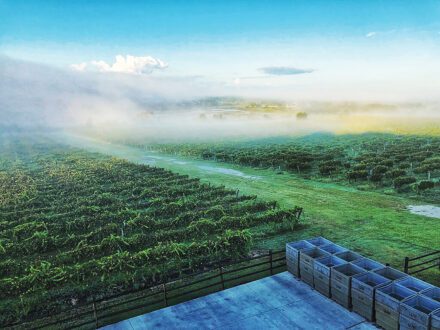

In Clermont, Florida, in the Orlando metropolitan area, Lakeridge grows winegrapes on 70 acres as well as 98 acres in Prosperity, in Florida’s panhandle. An additional 70 acres are grown under contract.
“Muscadine grapes thrive in this region,” said Jeanne Burgess, vice president and director of winemaking operations. “Not only are Muscadines the ‘taste of the South,’ our experience has been that they are the only grapes that can be grown profitably in Florida because of their high yields and disease resistance.”
The harvest window for Florida winegrapes is a four-week period that generally runs Aug. 10-Sept. 10, beginning in central Florida and moving north to the panhandle as the grapes ripen.
Challenging environment
The multiple growing regions benefit Lakeridge’s harvesting, which falls during Florida’s August to November active hurricane season. Growing winegrapes in different geographies throughout the state lessens the potential impact a hurricane could have on all locations. Spreading harvesting over a manageable period of time for a month of ripening periods also helps production.
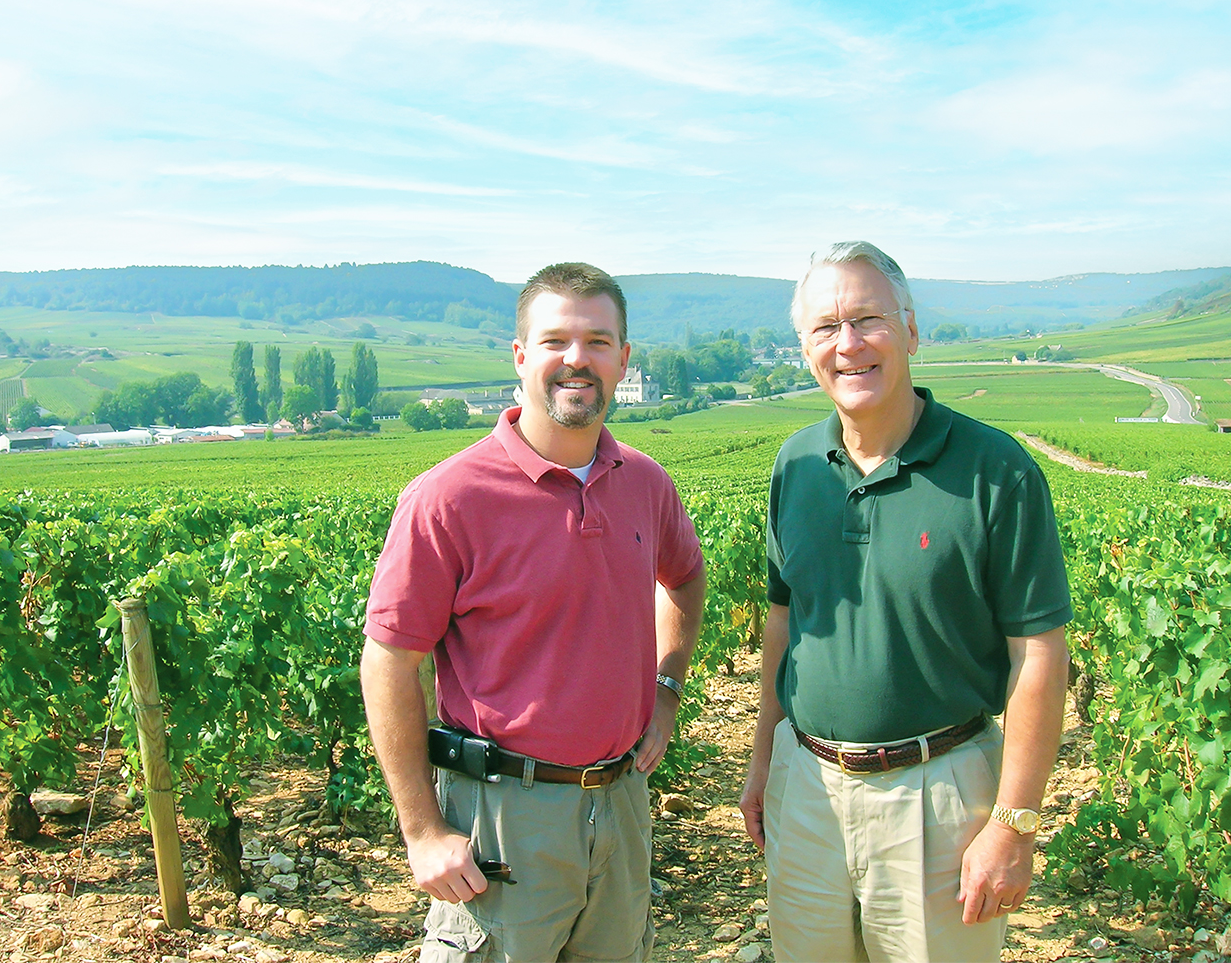

Growing winegrapes in Florida is different from other regions and challenging for numerous reasons. Lightning, hurricane and storm activity, which can be the most hostile during harvesting, are among the top challenges of growing on the peninsula. Pests and disease pressure, common during this timeframe, can also threaten the grapes.
Central Florida experiences its highest annual rainfall during the growing and ripening season with harvest at the peak of the state’s August to November hurricane season. The excessive rains also contribute to disease pressure.
Planning for weather disruptions can help lessen or eliminate the impact of unfavorable weather if economically feasible, Burgess said. She points to 2022, when a freeze and drought lowered yields. Investing in wind machines and irrigation technology also helps.
Lakeridge purchased a Korvan mechanical harvester that can handle yields of 10-14 tons of Muscadines per acre.
“We have always mechanically harvested, but previous harvesters were not capable of handling the yields and we had a considerable amount of loss as grapes spilled over the conveyor system,” Burgess said.
Up to 100% of Lakeridge’s grapes are harvested mechanically.
While Lakeridge has mechanically pruned in some fashion, the purchase of a mechanical box pruner that can complete a vineyard row in two passes has greatly improved operational efficiencies, she said.
“We would not be where we are today without adopting innovations,” Burgess said.
Most machinery must pass a cost/benefit evaluation for Lakeridge’s size of operation, she said.
For its vineyard trellises, Lakeridge uses a French brand of polyester wire that is UV stable, lightweight, cheaper than high tensile steel wire and nonconductive. The non-conductive part is of particular interest, because Lakeridge loses multiple vineyard rows each year to lightning damage.
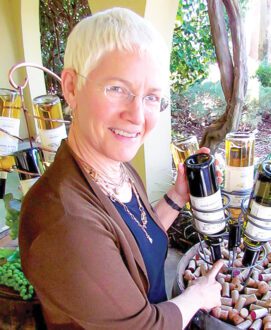

Grape root borer is the major pest with grapevine aphids and grape rootworms posing minor threats. Pierce’s disease, black rot, canker, including dead arm/Eutypa dieback, crown gall, Botryosphaeria dieback (bot canker) are the major disease threats.
Lakeridge employs integrated pest management protocols, including insecticidal application, BR EBDC fungicides (in the ethylene bisdithiocarbamate group of fungicides), GRB (gamma-ray burst) mass trapping when no chemical control is available and vine removal for cankers.
With central Florida’s highly sandy soil, improving soil organic matter, maintaining soil moisture and nutrient holding capacity remains a constant challenge, Burgess said. Because of the sand, water and nutrient retention can vary wildly compared to other Florida regions with more clay-based soils.
In addition to targeted dry fertilizer applications, Lakeridge moved to fertigation years ago. Fertigation is key to providing crucial nutrients to the vines in central Florida’s sandy soils, she said.
The Muscadine variety thrives in Florida’s hot, humid climate. It occasionally displays some cold sensitivity with temperature drops at inopportune times, Burgess said.
Keeping a to-do list
“The main one (challenge) would be overcoming the thought that you couldn’t make wine in Florida as very few had done it successfully in the past few generations, followed by the understanding of how to successfully bring people to the winery, educate them about Muscadine wine and having them try our wines” Burgess said.
The family vineyards began in 1982 when CPA Gary Cox and his wife Carole decided to open a winery in Tallahassee, after traveling to other wine growing regions. The 2-acre vineyard would become a test vineyard for a larger plan to develop a working winery in Florida.
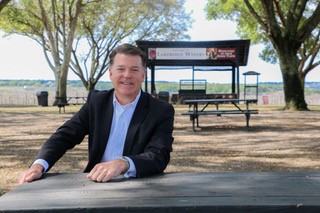

In 1988, Cox, chairman of the board, joined a group of Orlando investors interested in planting vineyards and opening a winery in central Florida where citrus groves had been decimated by freezes. The Tallahassee winery closed after it became difficult to run both operations. In 1996, the St. Augustine winery opened.
Seavin owns Lakeridge as well as the San Sebastian Winery on Florida’s East Coast in Saint Augustine.
The best part of farming is never finishing a to-do list — a grower should always have things to do, Burgess said.
Being a successful grower requires patience, flexibility, adaptability and perseverance. Growers should learn mistakes and consider new innovations, she said.
“Don’t believe everything you read but give it fair consideration and do your own research,” Burgess said. “Progress is impossible without change. Be open-minded to new ideas.”
A key to successful winegrape farming is to never be satisfied and understand there is always room for improvement.
“When one can capture complex terroir, it’s all that goes into your season and all of your work into producing a high-quality and exceptional bottle of wine,” Burgess said.
Terroir is the factors including soil, climate and sunlight that shape winegrapes’ character.
“Non-material rewards are a sense of accomplishment when the crop is harvested, sunrises, sunsets and healthy productive grapevines in a well-maintained vineyard,” she said.
Lakeridge grows the Red Noble, Bronze Carlos and Welder Muscadine varietals, with Pinot Grigio, Chardonnay, Cabernet Sauvignon and Petite Sirah wines purchased from West Coast wineries, cellared and bottled under the Lakeridge and San Sebastian brands.
— Doug Ohlemeier, assistant editor
Top photo: Lakeridge Winery & Vineyards harvests grapes in an August and September four-week window. Photos courtesy of Lakeridge.














